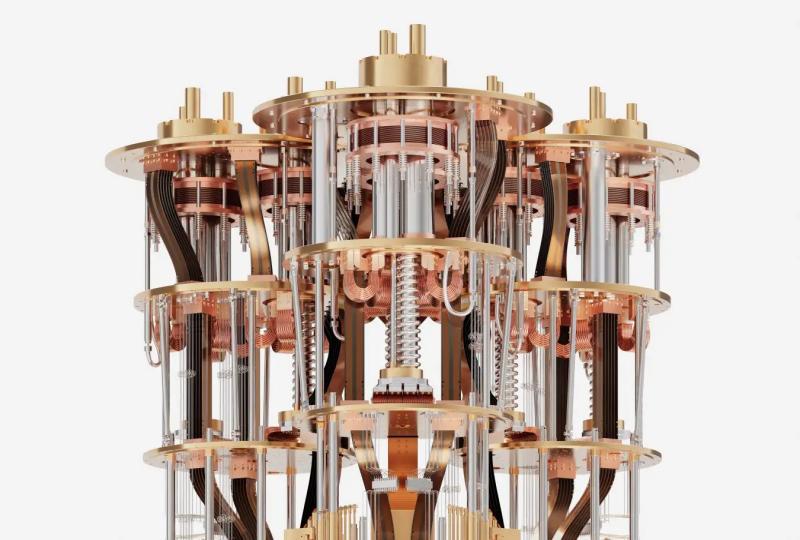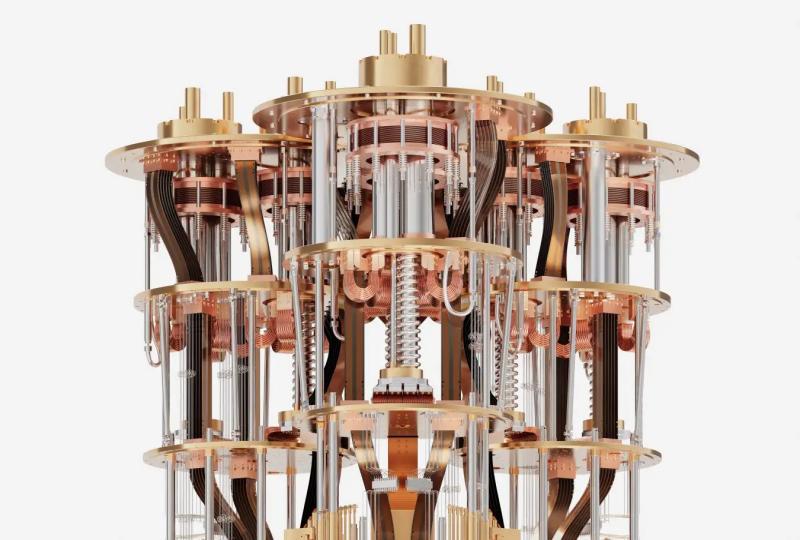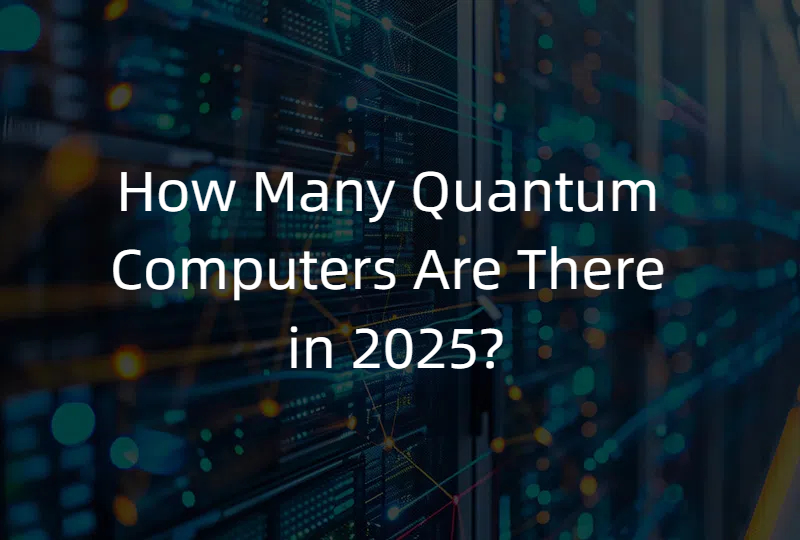Quantum Computer Lab: Pioneering the Future of Computation
2025.09.04 · Blog Quantum Computer Labs
The rise of quantum computing marks a paradigm shift in how we process information. Establishing a state-of-the-art Quantum Computer Lab empowers researchers, engineers, and enterprises to explore unprecedented computational power. This article provides a comprehensive guide—outlining lab design, essential components, workflows, and best practices—to help you launch or upgrade your quantum research facility.
Introduction to Quantum Computer Labs

A Quantum Computer Lab is a specialized facility housing quantum processors, supporting cryogenic systems, and advanced control instrumentation. Unlike classical data centers, quantum labs must maintain extreme environmental stability—temperatures near absolute zero and isolation from electromagnetic and vibrational noise—to preserve qubit coherence.
The strategic value of such laboratories is immense:
-
Accelerated Discoveries: Tackle complex problems in chemistry, cryptography, and optimization.
-
Competitive Advantage: Early adopters gain lead over rivals in drug discovery, materials science, and logistics.
-
Ecosystem Growth: Drives academic-industry partnerships and talent development.
Learn more about SpinQ’s quantum solutions on the SpinQ Quantum Platform.
Core Components of a Quantum Lab
Quantum Processors and Cryogenics
-
Superconducting Qubits or Trapped Ions form the heart of the system.
-
Dilution Refrigerators cool qubits to millikelvin temperatures.
-
Cryogenic Wiring and Thermal Anchors route signals without heat influx.
Control Electronics and Software Stack
-
Arbitrary Waveform Generators (AWGs): Shape microwave pulses for gate operations.
-
Digital-to-Analog Converters (DACs): Translate digital instructions.
-
Quantum Control Software: Provides low-level pulse scheduling and high-level experiment orchestration.
-
Cloud Integration: Enables remote experiment submission via the SpinQ Cloud Service.
Measurement and Error-Mitigation Tools
-
Cryogenic Amplifiers and Parametric Amplifiers for high-fidelity readout.
-
Error-Correction Protocols mitigate decoherence and gate errors.
-
Real-Time Feedback Systems recalibrate operations on the fly.
Designing Your Lab Space
Clean-Room Requirements
Maintaining a particle-free environment reduces contamination that could compromise qubit performance:
-
Class 1000 or better airflow systems.
-
Anti-static flooring and ionizing air blowers.
-
Dedicated gowning areas and protocols.
Vibration and EMI Shielding
-
Vibration Isolation Tables: Decouple the system from building vibrations.
-
Magnetic Shielding: Multiple layers of mu-metal to block external fields.
-
RF Shielded Enclosures: Prevent cross-talk and external interference.
Essential Workflows and Protocols
Calibration and Benchmarking
Effective quantum operation demands rigorous calibration:
-
Align microwave frequencies to qubit resonance.
-
Measure T₁ (relaxation time) and T₂ (decoherence time).
-
Perform randomized benchmarking to quantify gate fidelities.
Experiment Automation
Automation accelerates research velocity:
-
Scripted Pulse Sequences enable batch experiments.
-
Automated Data Logging archives raw and processed data.
-
Dashboard Monitoring tracks system health in real time.
Data Analysis Pipelines
-
Noise Filtering using digital signal processing libraries.
-
Statistical Analysis to extract meaningful trends.
-
Visualization Tools:
| Metric | Description | Importance |
|---|---|---|
| Gate Fidelity | Probability of correct gate | High |
| Qubit Lifetime (T₁) | Relaxation duration | Critical |
| Decoherence Time (T₂) | Phase coherence duration | Essential |
Best Practices and Case Studies
Collaboration Models
-
Academic Partnerships: Joint grants accelerate fundamental research.
-
Industry Consortia: Share infrastructure costs and standardize protocols.
-
Open-Source Frameworks: Engage the global developer community.
Security and IP Management
-
Data Encryption: End-to-end encryption for experiment data.
-
Access Controls: Multi-factor authentication for lab equipment.
-
IP Policies: Clear agreements on ownership and publication rights.
Success Story: SpinQ Quantum Platform
SpinQ’s integrated solution unites hardware, software, and cloud access to streamline quantum research. Labs leveraging SpinQ’s platform have reported up to 20% faster calibration cycles and seamless scaling from 4 to 16 qubits.
Explore SpinQ’s innovations on SpinQ Research Lab.
Future Directions and Challenges
Scaling Qubit Counts
-
Addressing cross-talk and control complexity as qubit arrays grow.
-
Developing modular architectures for easier hardware upgrades.
Hybrid Classical-Quantum Integration
-
Embedding quantum co-processors alongside classical HPC for workload offloading.
-
Orchestrating hybrid algorithms that leverage the strengths of both paradigms.
Chart: Quantum Lab Workflow Phases
Acquisition ──► Setup ──► Calibration ──► Experiment ──► Analysis
10% 20% 25% 30% 15%
By following these guidelines—investing in robust infrastructure, implementing rigorous workflows, and leveraging platforms like SpinQ—you can position your Quantum Computer Lab at the forefront of this revolutionary field.
Featured Content






